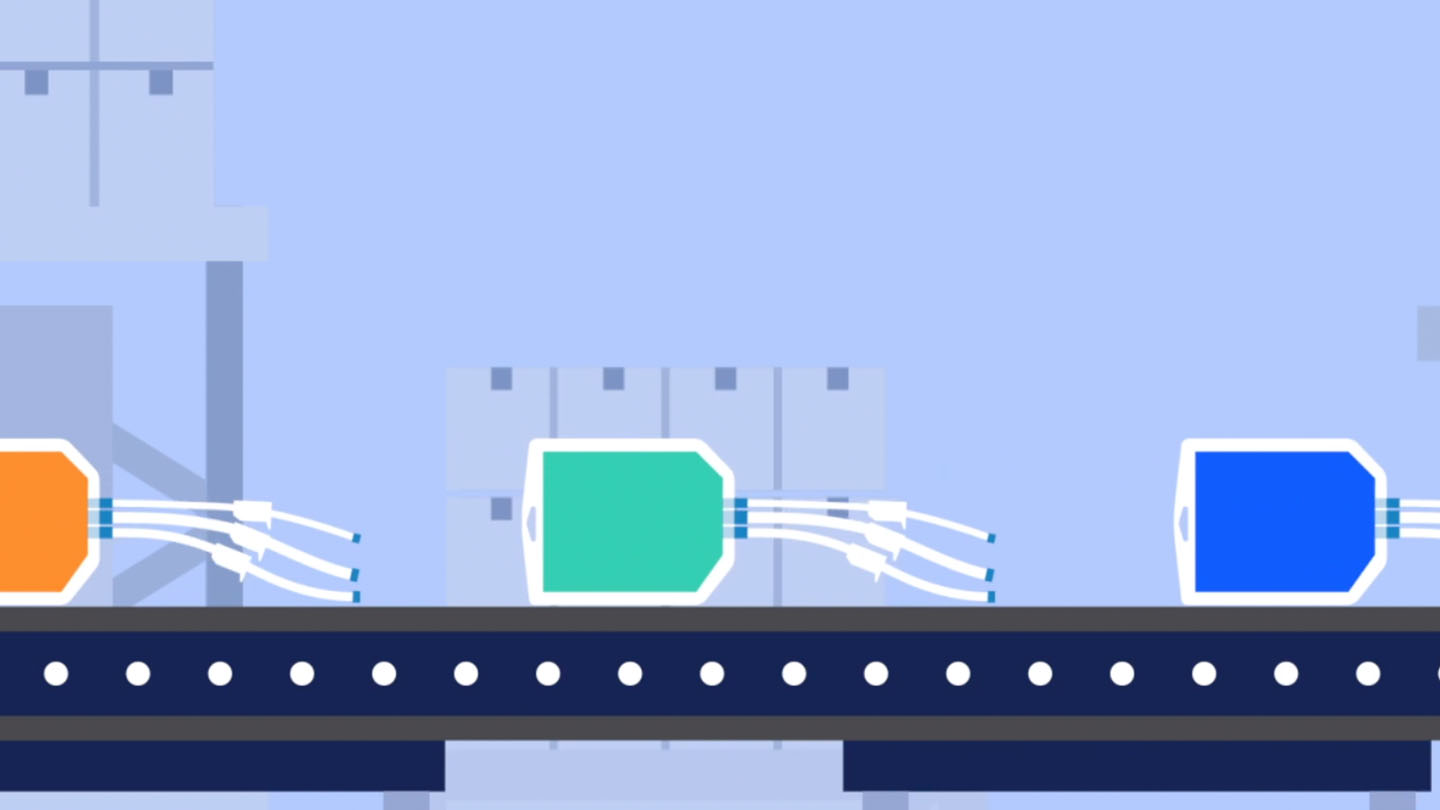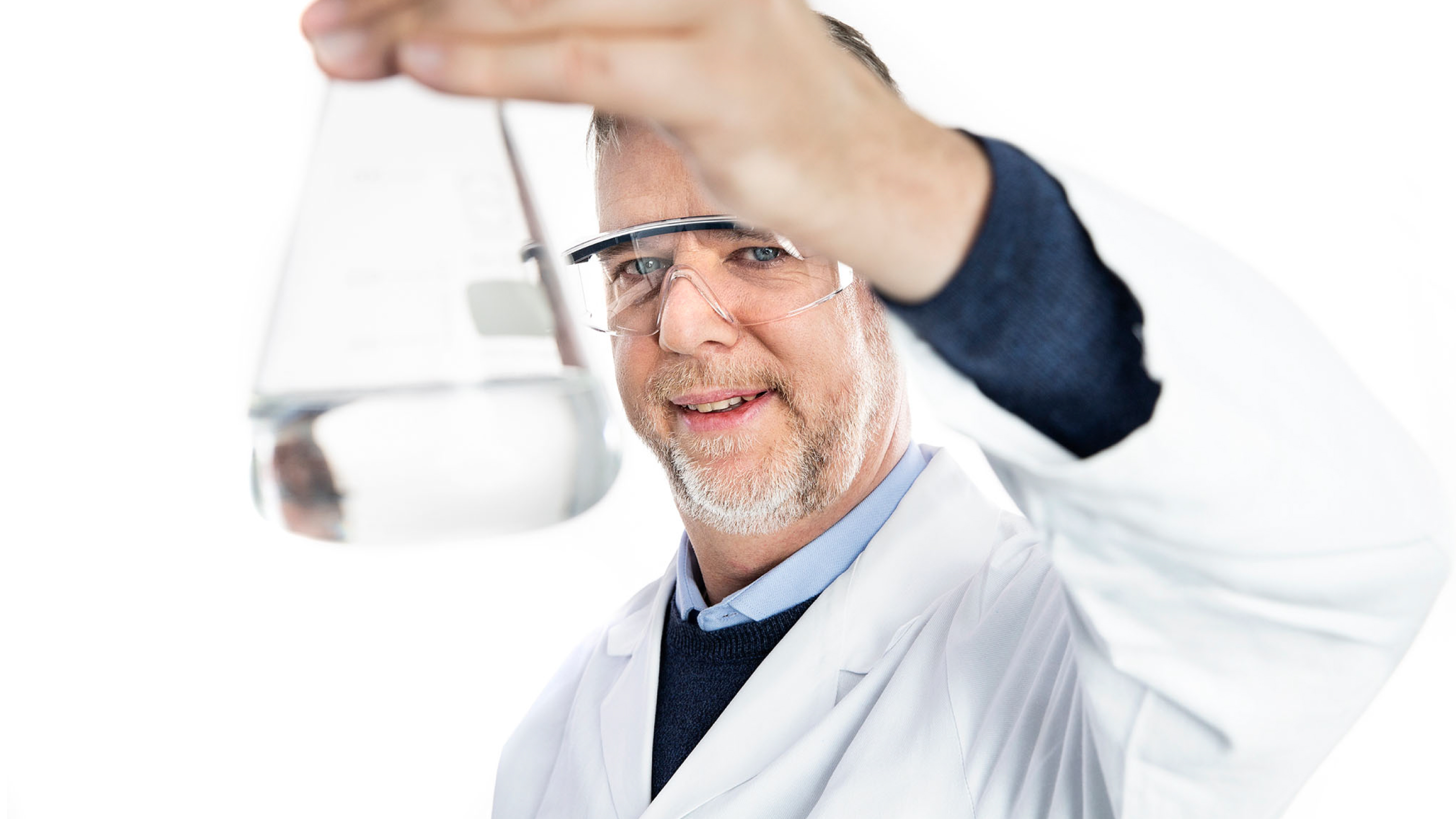Starting with a spark: An inside look at environmental sustainability
A global challenge proves that great ideas come from all corners of a company.
Answering the call
In state-of-the-art research laboratories in Germany and Illinois, chemists and engineers are stepping back in time in pursuit of a modern solution – with equipment most people wouldn’t expect to see in a lab.
On the other side of the world in Singapore, engineering and science teams have come together to cut down on waste at their facility, focusing on single-use plastics used in the biologics manufacturing process with potential to increase their recycling rate by 20%.
Both projects, along with several others, are advancing as part of a sustainability innovation challenge from AbbVie leadership to employees all around the globe. The ask: Bring us creative ideas – big, small and even outside of your expertise area – to help reduce the company’s environmental impact and accelerate meeting sustainability targets.
Pursuing ambitious environmental targets
These employee-generated ideas are critical in supporting AbbVie’s ambitious environmental sustainability targets, which include reducing absolute carbon emissions 25% by 2025 and achieving 100% zero waste to landfill by 2035, says Joe Kumor, senior director, environment, health, safety and sustainability, AbbVie.
Employees who stepped up to the Spark Innovation Accelerator were challenged to pitch solutions in three key areas: climate and energy, water and zero waste to landfill. With over 100 ideas submitted, eight were selected to move forward, with mentors and additional resources provided to each team as they look to achieve milestones this year and beyond.
“We’ve really seen big ideas that create impact, and from people who bring a fresh perspective and that challenged our way of thinking,” Kumor says. “Now we’re putting structure around these ideas, which complement the work we’re doing at a global level to reduce our carbon footprint and reduce waste.”
Bringing mechanochemistry to modern times
A medicinal chemist by trade, Principal Research Scientist Hervé Geneste spends his days at the Ludwigshafen, Germany lab advancing research on central nervous system disorders like Parkinson’s and Alzheimer’s.
On top of this work he’s making good on a longtime passion – introducing more sustainable technologies to his lab, focusing primarily on how to reduce waste and improve safety through mechanochemistry and reactive extrusion. Translation: performing a chemical reaction using mechanical force, not the chemical solvents that are today’s industry standards.
“We started at a small scale using the ball mill, the modern day mortar and pestle, which through the speed of shaking you trigger energy and create a chemical reaction,” Geneste says. “Now our global team is moving to a bigger scale and we really have the chance to pioneer this technology in the pharmaceutical industry.”
The new approach has been taken by Geneste and an international research team, based in both Ludwigshafen, Germany and Lake County, Illinois, comprised of extrusion experts Thomas Kessler, Alex Ruggles and Andreas Gryczke, as well as process chemists Sarah Co and Travis Dunn. It can eliminate the use of solvents entirely, including the need to purchase, safely handle and dispose of them.
With support from the innovation challenge leaders and mentor, their next step is finding the best cases to apply continuous solvent-free chemistry using reactive extrusion technology and calculating the potential impact.
Making sustainable choices
In Singapore, two employees with a passion for environmental sustainability saw the open call for new ideas and began brainstorming.
Together, Niki Wong, principal research scientist, and Gauri Salunkhe, operations engineer, identified a way to recycle waste at their facility, which manufactures biologics and relies on the industry standard approach of using several single-use plastics in the process.
Currently these plastics, which include items like bottles, sterile bags and connected tubing, are safely disposed of after each use. Some recycling methods are available, but they require the plastics to be separated and thoroughly cleaned and sanitized beforehand, which is resource-intensive.
“We saw an opportunity to find a novel method to recycle these mixed plastics and result in a 20% increase in our facility’s recycling rate,” Salunkhe says.
As a challenge winner, the team is now evaluating vendors that can take the plastics and solve some of the sorting and cleaning challenges. In turn, this approach would help accelerate AbbVie’s global target of achieving a 50% combined recycling rate for both hazardous and non-hazardous waste by 2025.
“This challenge is really about raising awareness and encouraging people to make more sustainable choices,” she says.
Media Inquiries:
Email: [email protected]


